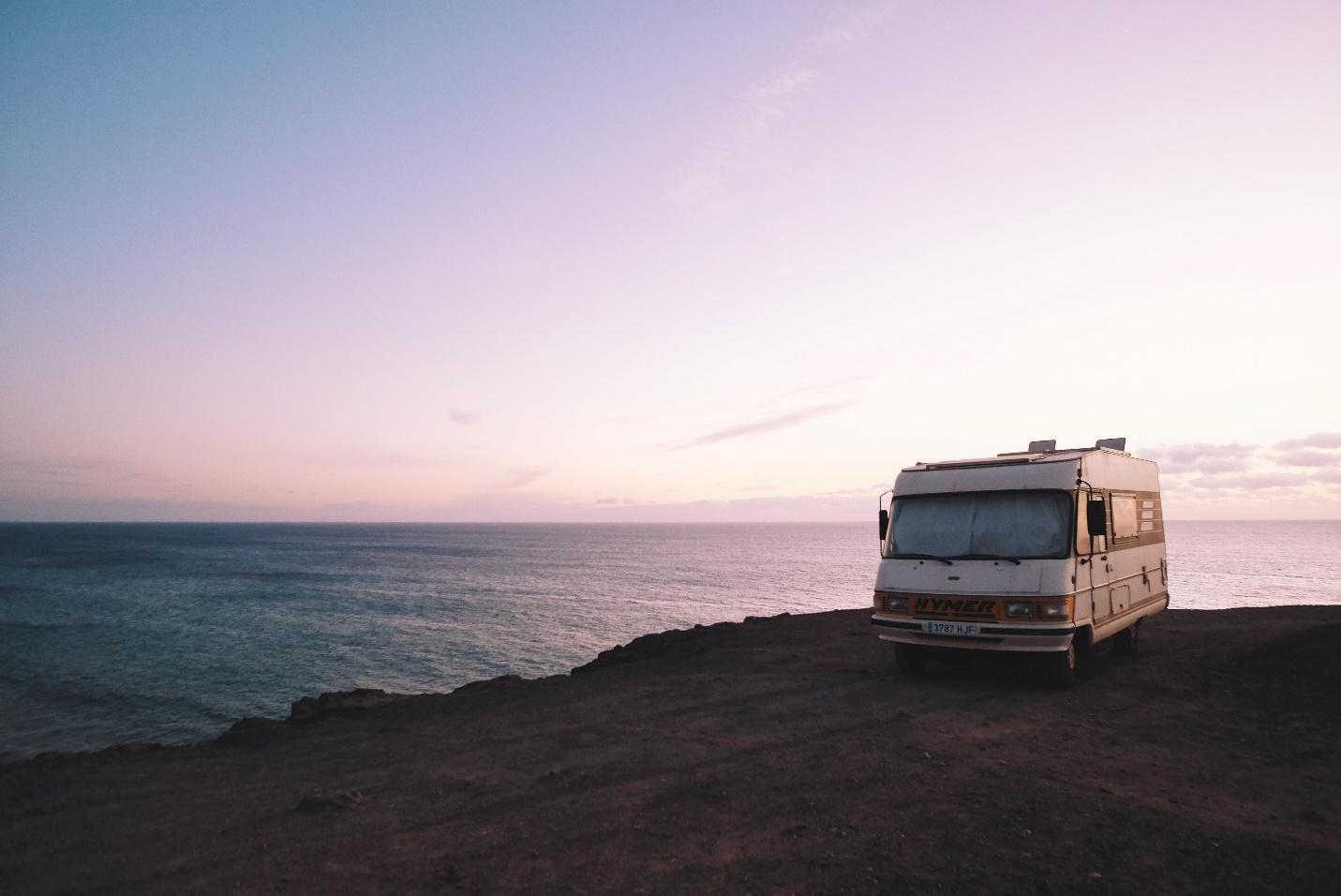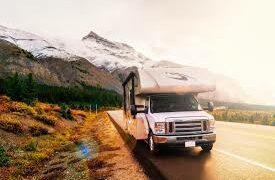Having an RV of your own, fully registered and customized the way you want, it is safe to say that a lot of people actually enjoy spending their time in an RV, and all for the better because if you genuinely are looking for some fun times, an RV is a great option.
If you are not familiar, you should know that an RV is more or less a home within a vehicle and if you have any water-based utilities on the RV, then you also have a 12V water pump that is responsible for distributing water through the system.
The pump is there to make sure that all your water-based requirements are being met—so whenever you are washing your hands, taking a shower, or cooking something in the kitchen, the pump is doing its job. At the same time, much like everything else, the pump needs to be maintained or else it will get clogged because of material buildup and will ultimately lead to reduced water pressure.
If the RV water pump has just been serviced, you will have to prime the water pump in order to get it to work again. That is why we are going to take a look at how to prime the RV water pumps for your convenience.
How Do I Tell if I Have to Prime my Water Pump?
After you repair or service the water pump on your RV, there will be no water in the chamber, and trying to turn it off will do nothing even if you put the water in the chamber. This is the time when you need to prime your water pump, you also need to prime your pump when winterizing your RV and then once again in the spring.
Now, if it isn’t already clear, this job cannot be done by a single person so be sure that you have someone around to help you. Now, during all of this, you might have to use RV antifreeze, and if you are asking the experts, “is RV antifreeze safe,” then yes. As long as you are using it as directed, it is completely safe.
How to prime your RV pump?
Now that you know how to tell if you have to prime the RV water pump, the next step is finding the water pump. There is no standard location as to where the water pump is located. Some manufacturers place the pump underneath a bed. There are also cases where the pump is inside the kitchen cabinet or in one of the sofa seats.
Ideally, the pump would be located less than a few feet away from where the water tank is, and if you are having issues finding it, just refer to the manual and you will be able to get things sorted.
Assuming you have finally found the RV water pump, the next thing that we must do is prime it. Here is how you can achieve that.
- Once you have found the pump, disconnect it from the freshwater tank or the city line.
- Have someone stand inside the RV and turn on the faucet or any other outlet of water.
- While the water is being poured out, use a funnel to pour water directly into the pump; the water should start flowing out of the faucet or the outlet.
- Once that happens, turn off the pump and the water outlet and attach the RV’s water intake line to the freshwater tank once again.
- Turn on the supply to ensure that water pressure goes into the pump and you should be able to use the water all over again without any issues.
That’s it, folks. Following this guide, you have successfully managed to prime the pump. However, once you are done, there are a few things that you should keep in mind. I would suggest that you let the faucet or a water outlet run for a while as that will only help you determine that the tank is properly primed and you have access to all the water that you need, without any issues whatsoever.
Some Important Suggestions When Priming The RV Water Pump
Now that you know how priming the RV water pump works, you still need some assistance going forward as to how to get things done and in order. I would highly suggest making sure that your RV’s fresh water tank has a decent supply of fresh water that you can drink.
Another suggestion that I will give to you is that you should be using a clean hose when you are priming the pump, that way, you will not accidentally let bacteria or other contaminants come into the supply. The best thing that I can suggest is that you are spending money on a new hose every now and then; they do add to the cost but it is better than keep using the same hose time and again.
If you don’t want to ahead and add a new hose every now and then, it would be advised that you are sanitizing the one that you have because that will result in the same experience. Although, sanitizing it yourself is not the easiest but will take some time before you can actually do it the right way. The more you know about this, the better.
Additionally, there are also some instances when the pump won’t prime at all and if that is the case, you might have to do some troubleshooting before you can successfully make things work.
Take your time, and be patient when it comes to priming the RV water pump and once you are done with it, you will have the perfect experience. Remember, based on the changes in weather and seasons, priming the RV pump is something that you will need to do time and again, therefore, it is our suggestion that you have everything in mind and the equipment ready, too.
Conclusion
I am fully aware of the fact that priming the RV water pump is an overwhelming task for a lot of people but if you are keeping things in mind and know how to handle a few aspects of it, you will be out of the wild in no time.
The guide is there to help you get things sorted in no time and while I do understand some confusion that can come in the way, overall, this guide is more than enough for those who are doing it for the first time. We have made sure that everything is explained in such a way that you can go ahead and prime everything yourself within a matter of minutes.



































